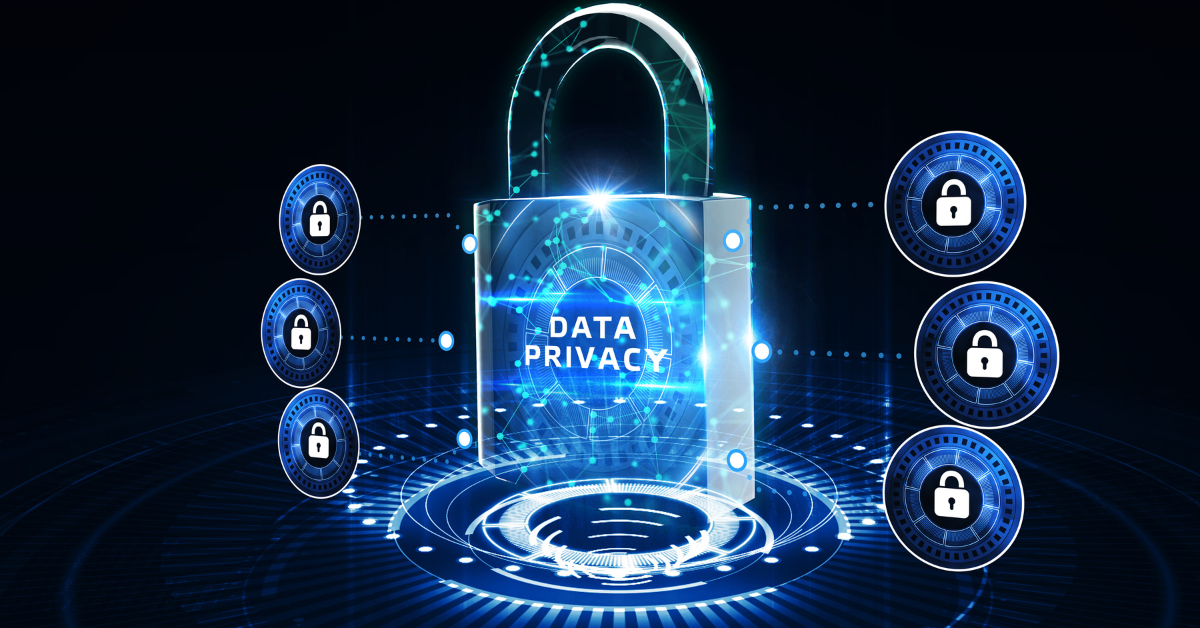For any organization that handles consumer, customer, client, or patient data, ensuring that all personally identifiable information is stored securely and used correctly is a top priority. Whether you collect financial data from people who purchase your products or services, have direct or indirect activity in healthcare spaces requiring HIPAA compliance, or simply gather personal information remotely through your website via browsing histories, it is your responsibility to ensure that you are operating in line with privacy protection laws.
Cybersecurity and Data Privacy Laws are Continually in Flux
With the advance of the digital age, cybersecurity is as important as physical security. Data used to be kept on paper files locked in an office or warehouse. When computers came into widespread use, files could be downloaded onto a disc from a computer workstation or server. Today, databases can be hacked, and vast amounts of personal information stolen via the cloud, with only digital fingerprints left behind.
The rapid advance of technology means that privacy laws are always a step or two behind, and are undergoing continual revision to help protect privacy in situations the original legislators never imagined necessary. Currently, most companies must comply with state, national, and global privacy laws and certain industries, like the healthcare and financial sectors, have specific requirements that must be followed, such as HIPAA (Health Insurance Portability and Accountability Act) for healthcare firms or GLBA (Gramm-Leach Bliley Act) for financial institutions.
Developing Privacy Policies and Implementing Security Procedures
Proper handling of data from the moment it arrives in your company’s possession requires a secure infrastructure and clear policies and procedures for data collection, data management, transfer, and storage. These should be part of every employee’s training from the lowest technician to the highest executive officer. Data protection policies and security procedures include:
- Strict data separation and segmentation that delivers only what data is necessary to any single department or employee.
- Data “encryption at rest,” meaning that data not physically in use or being viewed is stored in a state of encryption.
- Strict admin access protocols that provide protection against unauthorized access and allow administrators to maintain the security of data under their control.
- Complete adherence to security and OS updates, with attention paid to insecure updates and the swift implementation of patches if needed.
Additional protections need to be put in place at points of highest levels of vulnerability, typically during windows of data transfer or collection from service providers, contractors, vendors, and users.
The Four Controls for Data Security that Every Organization Should Require
Four separate controls should be in place to protect data at every level from any sort of unauthorized access or tampering. These include:
- Access control. This should be a set of firewalls, passwords, and verification procedures designed to limit access to the data, so that only authorized persons can access confidential information.
- Audit control. Secure hardware, software, and procedures should be implemented for all recording or collection of data, including system monitoring and logging of all access and activity related to data.
- Integrity controls. Data should never be altered or destroyed outside of clearly set parameters or without required permissions; electronic measures should be put in place to confirm compliance.
- Transmission security. Data must also be protected whenever it is transmitted or received in digital format over an electronic network.
These technical safeguards will apply whenever data is being stored, used, or transmitted.
Administrative Safeguards are a Key Component of Data Privacy Management
Administrative safeguards provide for security management processes and measures that can identify all potential data security risks, analyze them, and take steps to minimize those risks to an acceptable level. All information systems should be covered under administrative controls, and all employees provided with workforce cybersecurity training, management, and supervision. All security policies and procedures should be periodically evaluated for effectiveness and compliance.
An Audit Can Help Your Organization Identify Data Security Weaknesses
Organizations that must comply with various regulatory requirements such as HIPAA, GLBA, FFIEC, FERPA, or frameworks or standards such as NIST CSF or ISO 27001 can use audits to determine their compliance level and vulnerabilities. These audits should include security risk assessments, privacy assessments, and administrative assessments. A remediation plan can then be developed, and new protocols implemented to protect and provide tighter control over sensitive data.
Putting strict protocols in place can help you retain the trust of your clients or patients in regard to your handling of their personal information while minimizing the risk of a costly data breach. The development and implementation of data security and privacy procedures should be high on your list of priorities on an annual basis, starting with regular audits and following through by staying up-to-date on the latest in state, federal and global requirements for data handling. A cybersecurity and compliance specialist can help you achieve your organization’s data privacy and security goals.








